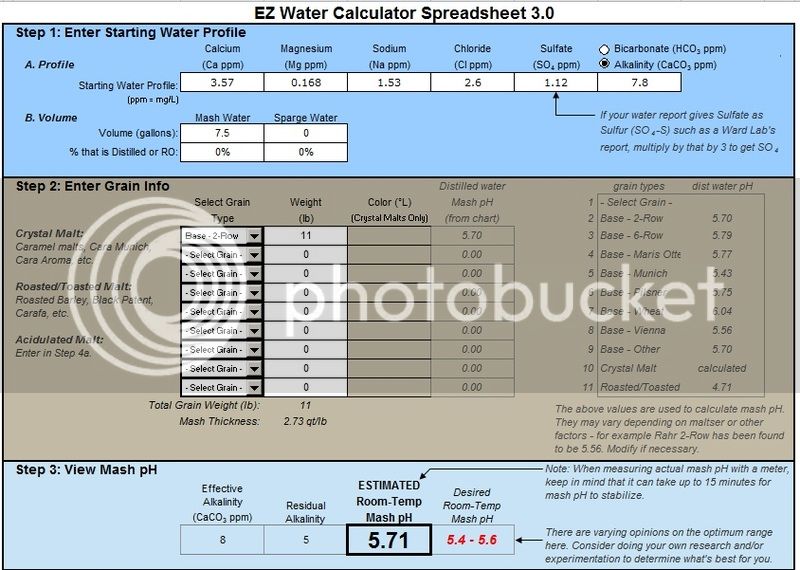zgja2
Well-Known Member
- Joined
- Jan 8, 2014
- Messages
- 267
- Reaction score
- 61
I'm crushing with my barley crusher, factory set to 0.039". I posted pictures of it a few weeks ago and people commented it looked okay so I didn't bother adjusting it, compensating with a longer mash to reach the bigger grains. I will try double crushing to see if there's a difference
I turn the pump back to a trickle so that the water has enough time to run through the grain bed. The recirc arm is locline so I get mixing of the top as it enters which I hope prevents the grain from compacting. I did have troubles recirculating last time, the pump was starved and I had to pull the bag up and give the grain a stir
I use rice hulls in all my brews. Maybe half a pound +/- depending on how bit the beer is. It really helps in ensuring the pump is not starved.




